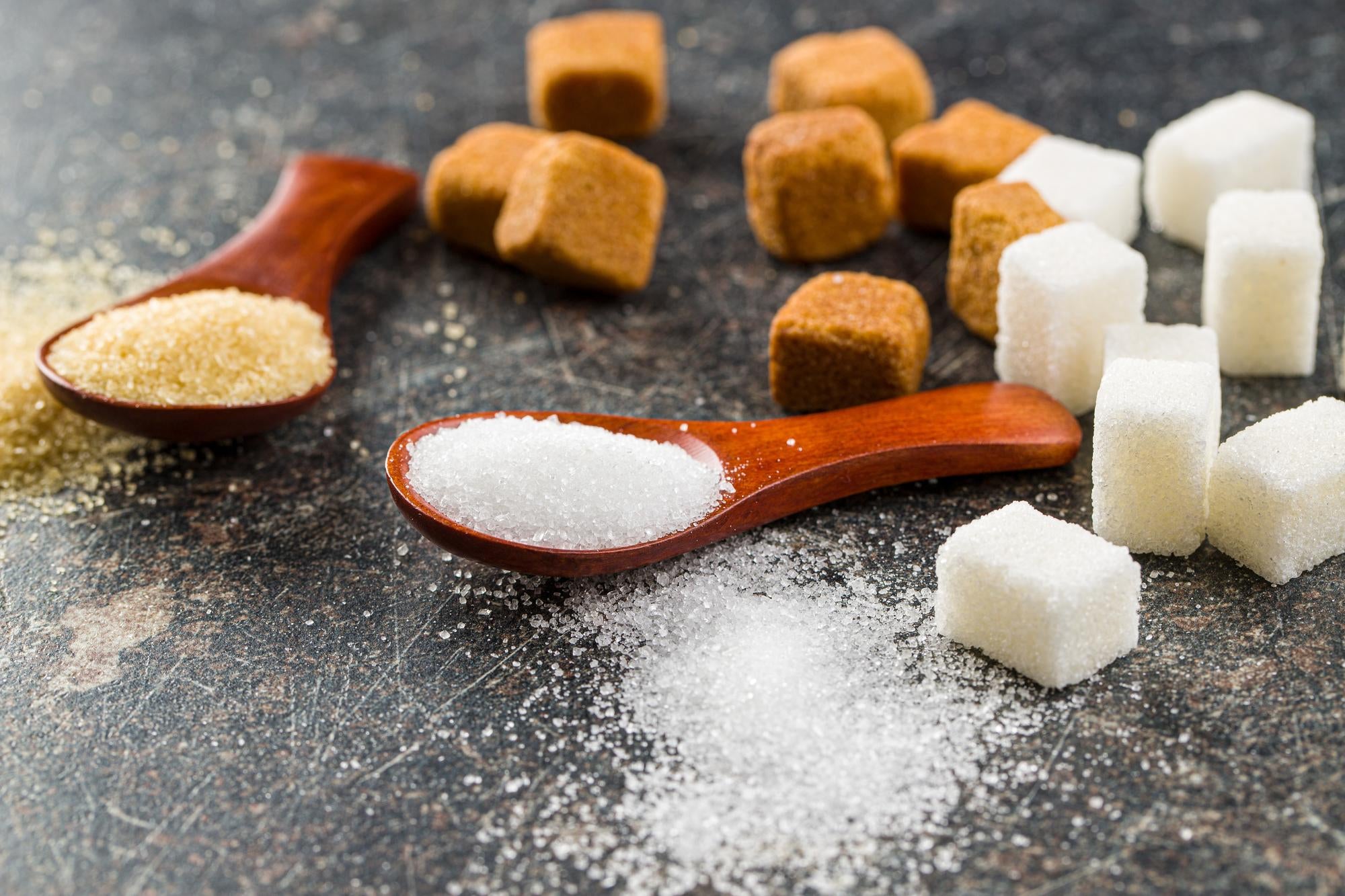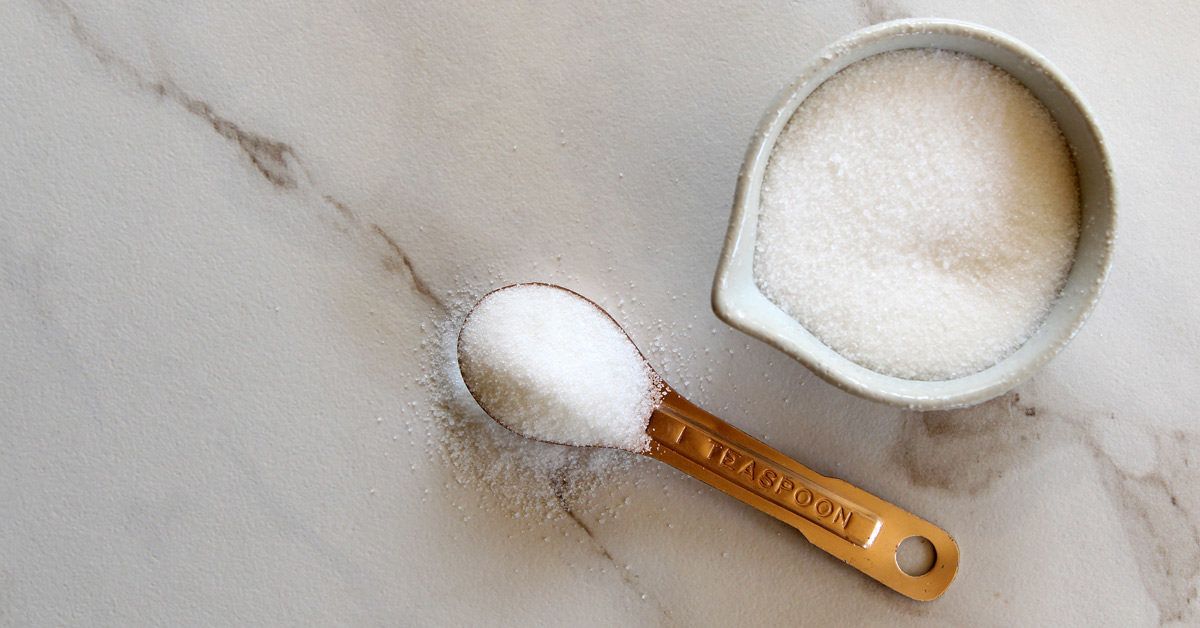The refining process of beet sugar vs cane sugar varies, affecting the final product’s quality.
The refining process of beet sugar vs cane sugar varies, affecting the final product’s quality.
Blog Article
Discover the Uses and Conveniences of Beet Sugar Vs Cane Sugar in Your Daily Diet
Exploring the distinct high qualities of beet and cane sugar exposes greater than just their sweetening abilities; it highlights their special influence on wellness and cooking arts. Beet sugar, understood for its refined taste, is typically preferred in delicate desserts, whereas cane sugar, with its hint of molasses, includes splendor to durable meals. Each type holds its own dietary account and glycemic ramifications, inviting a much deeper understanding of their roles in a balanced diet regimen and lasting intake techniques.
Beginning and Manufacturing Procedures of Beet and Cane Sugar

The distinctive environments and dirt kinds needed for expanding sugar beetroots and sugarcane add to differences in their cultivation practices and geographic distribution, influencing the economics and sustainability of their manufacturing. beet sugar vs cane sugar.
Nutritional Comparison Between Beet Sugar and Cane Sugar
Despite stemming from various plants, beet sugar and cane sugar are nutritionally extremely similar, both primarily containing sucrose. Each supplies regarding 4 calories per gram, translating to roughly 16 calories per tsp. Structurally, both sugars are made up of around 99.95% sucrose, with very little amounts of various other compounds like moisture and trace element, which do not dramatically alter their nutritional accounts.

Ultimately, when picking between beet sugar and cane sugar based upon nutritional web content alone, both offer similar advantages and disadvantages as they are basically forms of the exact same particle-- sucrose, offering fast power without other nutrients.
Effect On Wellness: Glycemic Index and Caloric Material
Exploring further into the results of beet sugar and cane sugar on wellness, visit the website it is crucial to consider their glycemic index and calorie material. The glycemic index (GI) of both beet and cane sugar is around 65, categorizing them as high-GI foods, which can cause fast spikes in blood sugar levels.
Each sort of sugar contains about 4 calories per gram, making their calorie web content matching. For those keeping an eye on caloric intake, especially when taking care of weight or metabolic wellness problems, comprehending this equivalence is vital (beet sugar vs cane sugar). Extreme intake of any kind of high-calorie, high-GI food can contribute to health issues such as excessive weight, heart condition, and insulin resistance.
Environmental and Economic Factors To Consider of Sugar Manufacturing
Beyond health influences, the manufacturing of discover here beet and cane sugar likewise raises substantial ecological and financial issues. Sugar beet growing tends to require cooler environments and has a lower geographical footprint compared to sugar cane, which prospers in tropical regions. Both plants are intensive in terms of water usage and land occupation, potentially leading to deforestation and water deficiency. Financially, the worldwide sugar market is very volatile, affected by adjustments in international trade plans and subsidies. Many countries incentivize sugar production through financial assistance, skewing market value and affecting small-scale farmers adversely.
Furthermore, the usage of pesticides and fertilizers in both beet and cane sugar growing can cause soil deterioration and pollution, additional impacting biodiversity and regional water bodies (beet sugar vs cane sugar). The choice in between growing sugar beet or cane often depends upon regional environmental problems and financial variables, making the sustainability of sugar production an intricate concern
Culinary Applications and Taste Distinctions
While the environmental and financial facets of sugar manufacturing are undoubtedly substantial, the option between beet and cane sugar also affects cooking applications and taste profiles. Beet sugar, stemmed from the sugar beet plant, is known for its extremely Read More Here neutral taste. This makes it a versatile ingredient in baking, where it does not change the flavor of other parts. It dissolves swiftly and is optimal for use in cakes, cookies, and breads.
Walking stick sugar, drawn out from sugarcane, frequently maintains molasses traces, which present a distinctive splendor and deepness. This slight molasses taste improves the intricacy of baked items, sauces, and marinates. It is specifically favored in items where a sugar undertone is desired, such as in brownies or gingerbread. The minor variant in wetness web content between beet and cane sugar can impact the structure and consistency of dishes, making cane sugar a preferred selection for particular recipes that profit from its distinct buildings.

Final Thought
To conclude, both beet and cane sugar have unique beginnings and production processes, supplying similar nutritional profiles with small distinctions in sodium web content and taste. While their effect on wellness, specifically pertaining to glycemic index and calories, is comparable, the selection between them often comes down to ecological, financial variables, and particular culinary requirements. Understanding these aspects can lead consumers in making notified decisions that align with their wellness objectives and taste choices.
Report this page